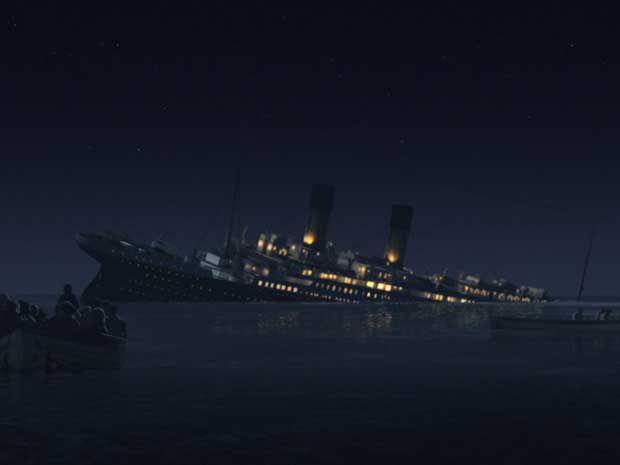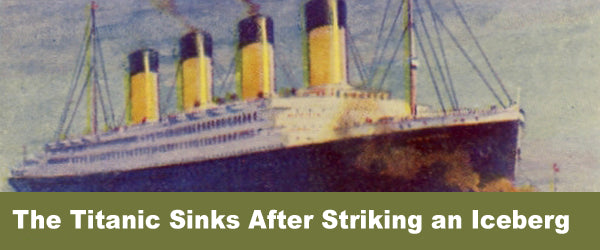
The Icy Grip of Disaster: Exploring the Chilling Waters That Sank the Titanic
As the night cloaked the Atlantic in darkness, a tragedy unfolded that would forever etch itself in maritime history. The Titanic, touted as the “unsinkable” behemoth, met its demise in the icy embrace of the North Atlantic, leaving behind a haunting legacy.
The Freezing Embrace: Temperatures Plunge
On that fateful night of April 14, 1912, the waters surrounding the Titanic were a deadly crucible of cold. As the ship navigated through the treacherous ice fields, the temperature plummeted to bone-chilling levels. The surface temperature of the water hovered around 28 degrees Fahrenheit (-2 degrees Celsius), a relentless cold that numbed the senses and sent shivers through the bodies of those on board.
Hypothermia’s Cruel Grip
The frigid waters posed an immediate threat to life. Anyone who was thrown into the unforgiving sea faced a grim reality. The icy grip of hypothermia would quickly set in, numbing limbs, impairing judgment, and eventually leading to cardiac arrest. The time it took to succumb to hypothermia varied depending on individual factors, but for most, survival was measured in mere minutes.
Tragically, the Titanic’s lifeboats were ill-equipped to handle the scale of the disaster. Many were launched only partially filled, leaving hundreds of passengers stranded in the merciless cold. Even those who made it into the lifeboats faced an agonizing ordeal, their bodies succumbing to the unforgiving temperatures.
Lessons Learned from Tragedy
The Titanic disaster exposed the treacherous nature of cold waters and the need for proper safety measures. The maritime industry responded with a series of regulations aimed at enhancing passenger safety in cold climates. These regulations include requirements for enclosed lifeboats, thermal protective suits, and adequate emergency supplies.
Expert Advice for Navigating Cold Waters
If you find yourself in cold waters, experts recommend taking the following steps:
- Stay calm and conserve energy: Panic only exacerbates the situation. Remain calm and reduce your movement to preserve body heat.
- Wear appropriate clothing: If possible, put on a lifejacket or other insulating clothing to minimize heat loss.
- Avoid immersion: Stay out of the water if possible. Even brief immersion can quickly lead to hypothermia.
- Seek shelter: If you are in a lifeboat, huddle together with others to create warmth.
Frequently Asked Questions
Q: What is the survival rate in cold waters?
A: The survival rate depends on several factors, including water temperature, body fat, and clothing. In general, the chances of survival decrease rapidly as water temperature drops.
Q: What are the symptoms of hypothermia?
A: Symptoms of hypothermia include shivering, drowsiness, slurred speech, confusion, and loss of coordination.
Conclusion: Remembering the Titanic’s Chilling Fate
The sinking of the Titanic serves as a tragic reminder of the dangers of cold waters. The icy grip of the Atlantic claimed countless lives, etching itself forever in the annals of maritime history. By understanding the chilling temperatures and their impact on the human body, we can better prepare for emergencies and honor the memory of those lost.
Are you interested in learning more about the Titanic disaster and its aftermath? Explore our website for further insights and resources on this fascinating and tragic event.

Image: store.homeschoolinthewoods.com
Image: www.quora.com
Here’s Exactly Where The Titanic Sunk (On A Map) A water temperature of a seemingly warm 79 degrees (F) can lead to death after prolonged exposure, a water temperature of 50 degrees can lead to death in around an hour, and a water temperature of 32 degrees – like the ocean water on the night the Titanic sank – can lead to death in as few as 15 minutes. Scary stuff.